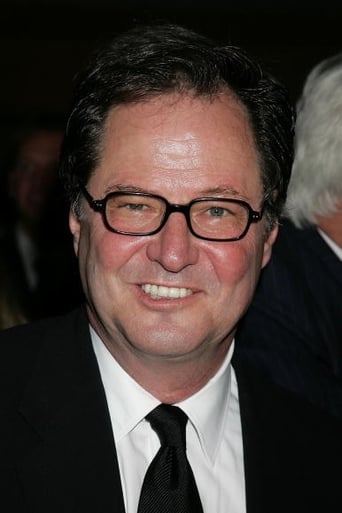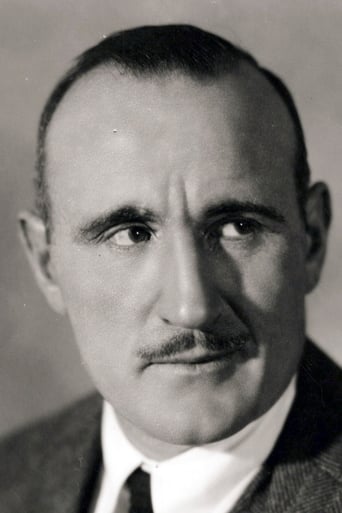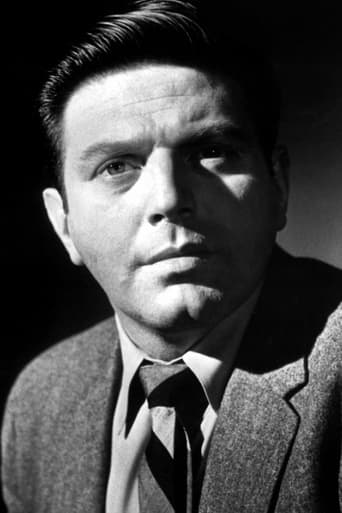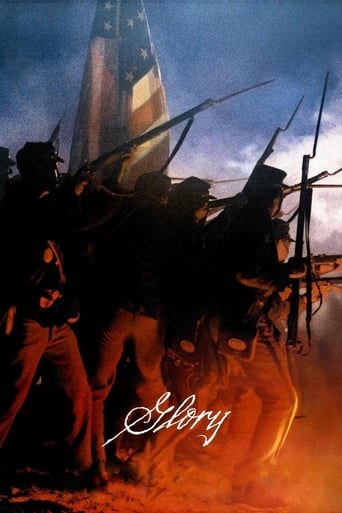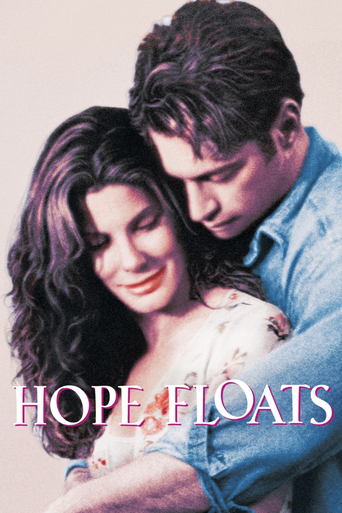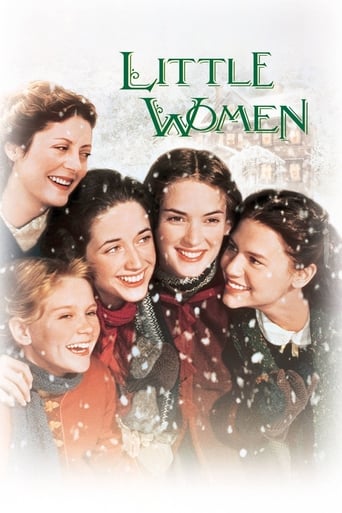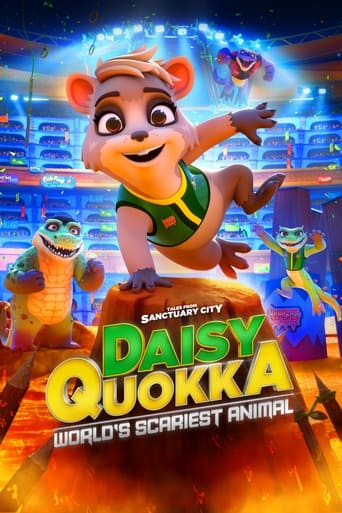

A Dog of Flanders (1959)
The emotional story of a boy, his grandfather, and his dog. The boy's dream of becoming a great classical painter appears shattered when his loving grandfather dies.
Watch Trailer
Cast


Similar titles
Reviews
The classic Japanese cartoon series, first broadcast in Spain in 1979-80, still remains a part of my childhood. Every Sunday lunchtime I would follow Nello's adventures in our black and white TV set and wouldn't miss it in the world. After one whole year and fifty-two episodes Nello and Patrashe died together in the night of Christmas Eve, at Antwerpen cathedral, alone, hungry and frozen to death in what must be the most devastating ending of all time to a children's tale. I must have cried rivers. I can't remember. Many years later, when I learnt that there was a film adaptation made by Hollywood in the late 50s, I sought it out eagerly. I finally got a copy at HMV, about four or five years ago. It is disappointing though that it is a rather mediocre edition, presented in TV format instead of the original Cinemascope in which the movie was shot –as listed in the technical features section in the film's page -, and with a rather depreciated image quality with very strong colours and a bit of a blurred image. It looks just like it was transferred from an old VHS edition back from the 80s. But well, this is better than nothing. I watched it again yesterday after a long time, and for 95 minutes I was a young boy again. I am glad –even though I usually am against drastic changes in the plot of film adaptations from classic novels- that Nello and Patrashe do not die at the end and that there still is hope for them. Nello is to be taken by the painter as an apprentice and so he will fulfil the greatest dream of his life. A very beautiful film, entirely shot in location in the unique Flemish landscapes and the medieval town of Antwerpen. A beautiful score, a gorgeous cinematography and art direction, and a perfect cast with David Ladd –a boy actor who could actually act, and who was the spitting image of his father, the great Alan "Shane"- as the gentle and sensitive Nello, good old dear Donald Crisp (How Green was my Valley, National Velvet) as the grandfather, and Theodore Bikel as the grumpy and apparently cold and soulless artist that nevertheless will save the day and Nello's life. A charming little film that teaches children to love animals, and about the values of compassion, humility, honesty and the pursuit of one's dreams.
Back when I was 14 I saw A Dog of Flanders and viewing it today showed it is a fresh and appealing as I remember it.Young David Ladd is Nello Daas the aspiring young artist who lives with his elderly infirm grandfather, Donald Crisp. The two of them take in a cruelly treated dog and name it Patrasche after the dog that famed artist Peter Paul Rubens had. Life's pretty hard for the Daases, becomes doubly so after Crisp dies and young Nello can no longer care for Patrasche. Life also has a funny way of resolving things as well.Besides Ladd and Crisp the only other English speaking player in the film is Theodore Bikel. The continental locations in Belgium and the Netherlands which were one country back at the time this story takes place are well photographed. Ladd, Crisp, Bikel as the artist who recognizes the talent in Ladd give wonderful performances.There was another version of A Dog of Flanders done by RKO studios in the Thirties. It might be nice to see for comparison, but I doubt it matches this one.For this A Dog of Flanders is a timeless family classic.
Here is the classic Flemmish version of the "boy and his dog" tale as young Nello, apparently about 11 or 12, struggles to establish his identity as an artist amidst adverse circumstances. David Ladd, Alan Ladd's son, plays the protagonist: he was 13 at the time, but somehow managed to play an 8-year-old in his next film! Anyway, this is the real story, without all the silly, sappy and frankly unbelievable stuff and coincidences gratuitously added in the Disney version of 1999. Even the dog is more convincing! David Ladd is quite good, though his emotions seem a bit forced at times and he's certainly not "one of the greatest child actors of all time" as his filmography touts. Donald Crisp as the grandfather and a so-young Theodore Bikel as the temperamental artist both offer excellent performances. Perhaps life was indeed harder then, and as the late Douglas Adams would point out, digital watches had not been invented, but children were still considered PEOPLE: they could work for a living, enjoy the fruits of their labor, and even live alone if they chose -- or with a dog. All that is gone now. Am I the only one who questions that this is "progress"?
I went to see this movie in 1961, when I was fourteen, and it became one of only four movies seen during my life that actually moved me to tears in the cinema (for the record, the others were LOVE IS A MANY SPLENDORED THING; THE PROUD REBEL and THE STORY OF RUTH). A DOG OF FLANDERS is a superb tear-jerker, filmed on location in Holland and Belgium in 1959, but set in 1900. It stars the then twelve-year-old David Ladd as the orphan Nello and veteran actor Donald Crisp as his elderly and infirm grandfather. Although devoted to one another, they live a very poor life selling milk from a hand cart they pull around Antwerp. Nello is an artistic, intelligent and sensitive little boy who wants to paint like his idol, Peter Paul Rubens, but he has no money to enable him to study or to buy proper materials to paint with. They find a badly treated dog, left to die at the roadside by his heartless owner and take him home and care for him. Because he's been so badly treated, it takes time for him to accept them as his friends. But eventually, they gain his trust. Nello names him Patrasche...the name that Rubens had given to his dog...and he becomes part of the small family, even pulling the cart when grandfather is unable to do so any more. One day, Nello has just finished a sketch of the old man dozing in a chair outside their one-roomed hut and goes to show him the finished drawing. But he cannot awaken him and slowly, he comes to realize that his beloved grandfather is dead. Completely bereft and unable to keep up the rent on their home, Nello and Patrasche are evicted by an uncaring landlord in the middle of winter. Somehow, they have to learn how to survive without his grandfather in a harsh and bitter world. A DOG OF FLANDERS, from the 1872 novel by Ouida, had been filmed previously, notably in 1934, but never so well as this. It really is beautifully done all round and everyone connected with it should feel very proud of the result. The music score by Paul Sawtell and Bert Shefter is very haunting and David Ladd, who had previously given such a truly wonderful performance alongside his father Alan in THE PROUD REBEL (1958), is superb. David and I shared the same Christian name, were both the same age and had similar looks, which made it easy for me to identify with him in A DOG OF FLANDERS, which became one of my all time favorite movies. Theodore Bikel has a good character role in it as an artist who befriends Nello, eventually adopts him and helps him to realize his dreams. Beautifully filmed in CinemaScope and Color by De Luxe, this is a wonderful film and you really would have to have a heart of stone not to be moved by it. I give it ten out of ten.


